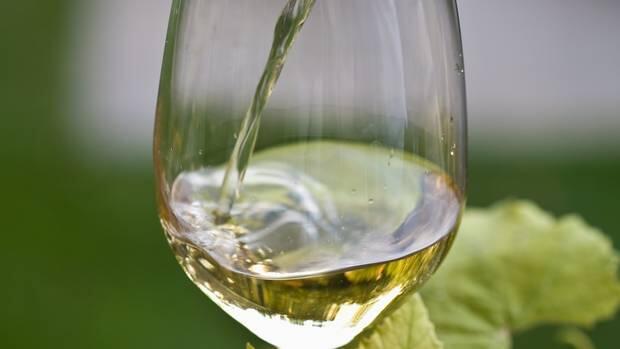Like the members of Parisian electro-funk duo Daft Punk, garganega has managed to defy a classic convention of fame. It’s globally popular yet relatively anonymous. Rather than hiding behind robot masks, as in the case of Guy-Manuel de Homem-Christo and Thomas Bangalter, however, the grape has been camouflaged by a label. That would be “Soave,” the name of the best-known white wine from Italy’s northern Veneto region.
Soave conquered the world in the 1960s and ’70s with its crisp, neutral flavour and attractive affordability. It was, in a sense, the prototypical pinot grigio, a wine of simple refreshment that was – perhaps crucially – easy for anglophones to pronounce and lent an air of Italian sophistication at the restaurant table. I suspect few people ever knew back then, or know today for that matter, the name of the chief grape on which Soave is based. (No, Soave is not a grape; it’s a geographical appellation, like Chianti.)
Made mainly, and sometimes entirely, from garganega, Soave can contain up to 30-per-cent trebbiano di Soave, a.k.a. verdicchio, a grape with a similarly crisp, light profile. Pronounced gar-GAH-neh-gah, with the accent on the second syllable, the variety dates back at least to the Middle Ages and likely first sprouted in the landscape where it continues to thrive, the province of Verona.
In recent decades, garganega’s classic virtue became, alas, a millstone. The vine grows with abandon and likes to put out lots of fruit. That’s good if you’re a grower striving for quantity, not so good where quality is concerned. Today, the exciting spotlight is on producers that have been taking garganega to the next level by pruning back vines to reduce yields, which accelerates ripeness for more flavourful berries. Top brands in the Soave zone include such names as Pieropan, Inama, Ca’ Rugate and Anselmi.
In fact, so frustrated was Anselmi with local production standards, which permitted heavy crop loads and led to Soave’s watery reputation, that the estate chose years ago to opt out of the appellation. It now produces garganega-based wines without the word Soave on the label. Roberto Anselmi’s vines can carry as few as three bunches per plant versus 15 for some of his neighbours, and his Capitel Croce bottling, at roughly $27 to $30 a bottle, is a standard-bearer for garganega quality. The Anselmi San Vincenzo also is excellent at roughly half the price.
At their best, garganega wines are light-medium-bodied, with a rounded core displaying flavours of pear, white plum, almond, citrus and gentle spice, always tightly tucked in by crisp acidity. They are sublime with delicate seafood and other light fare and pair smartly with pizzas of any description, even an all-dressed “meat lover’s” with double cheese, believe it or not.
Though usually vinified to dryness, garganega also excels in a sweet, classic Veneto dessert wine called recioto di Soave, with excess sugar obtained by letting grapes desiccate to the point of almost becoming raisins.
You can find garganega behind other names, too, such as Gambellara, Bianco di Custoza, Colli Berici and Colli Euganei, all nearby appellations in northern Italy that rely heavily on the grape for white wine production. Farther south, the vine also has been cultivated for centuries on the island of Sicily, where it tends to be called “grecanico dorato.” We don’t see much grecanico dorato in North America, unfortunately. Maybe part of the reason is that it’s just not as easy to pronounce as “Soave.”
The Flavour Principle by Lucy Waverman and Beppi Crosariol (HarperCollins) won top prize for best general English cookbook at the 2014 Taste Canada Food Writing Awards.
Source: The Globe and Mail











